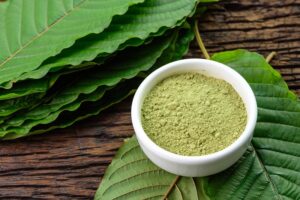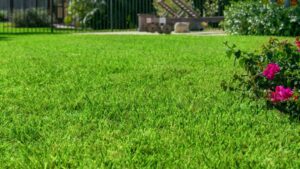If you ever decide to paint galvanized steel, you probably should know that unless and until you prepare the surface, you won’t be getting good results. Hence, it would be ideal if you follow some surface preparation tips before actually doing it.
You can cover the surface with the right primer as it would ensure the longevity of the galvanized steel. Even if you are not having the correct primers, you can use enamels to prepare the surface otherwise you would lose the sheen.
Here are the top things which you should know before beginning to paint galvanised steel (สี ทา เหล็ก กั ล วา ไน ซ์, which is the term in Thai):
• Choose The Correct Type Of Paint
We strongly recommend first using a primer instead of directly painting the galvanized steel. After you have successfully done with the coating of primer, you would then have to think about which paint would be better and then buy it. Although many people’s preferences are to use acrylic latex paints. But these are not good for galvanized steel. Our one piece of advice would be to stay away from oil-based paints as they are not the right fit for this surface.
• Make Use Of White Vinegar
We are sure most of you wouldn’t know about this hack but yes, this is true that white vinegar acts as a great cleaning solution for cleaning. This is because it is non-toxic and at the same time this acts as an effective agent on the surface like galvanized steel. All you require to do is to take a few drops of white vinegar on a clean cloth and wipe down the surface for effective results.
Professional Surface Pre-Treatment For Galvanized Steel
There are probably 4 different methods for professional surface pre-treatment for galvanized steel. These include etch primers, T-wash, ship/sweep, and weathering.
• T-Wash
Although T-wash is a time-consuming process, this is one of the most effective pre-treatment methods. The t-wash solution acts with the galvanized steel surface and hence it leaves the discoloration part in black or dark gray behind. Once you are done with the t-wash treatment, leave it to dry before beginning the paint after 30 days.
• Weathering
The weathering process is a lengthy process that takes at least 6 months to be fully effective. In the process, you need to begin with removing the surface contaminants with abrasive pads or brushes so that the zinc is prevented from being restored.




